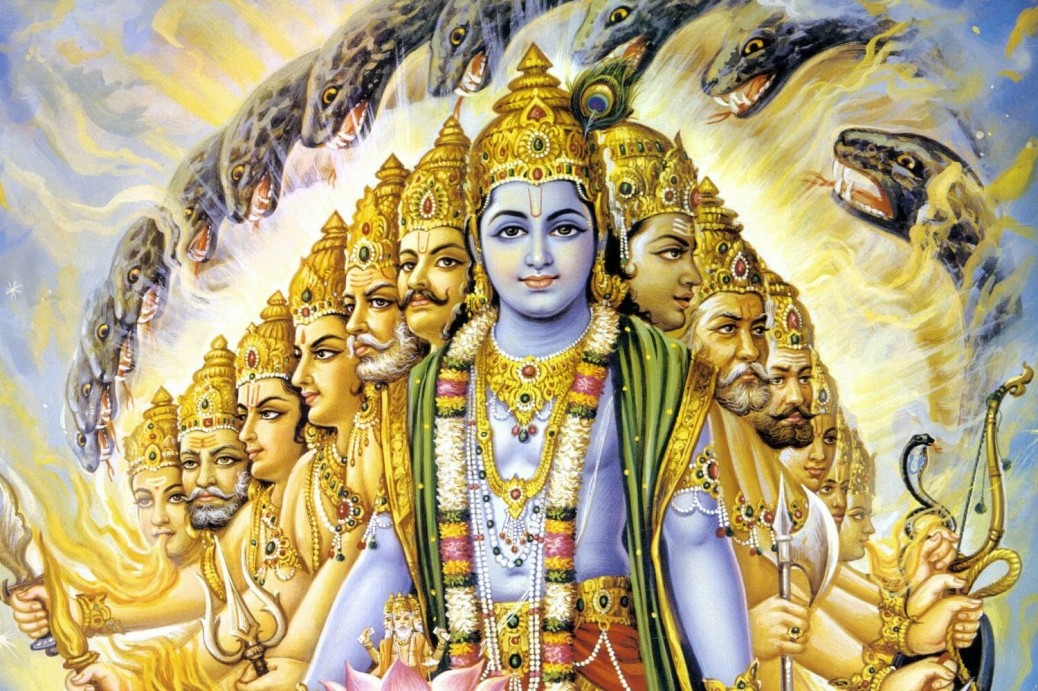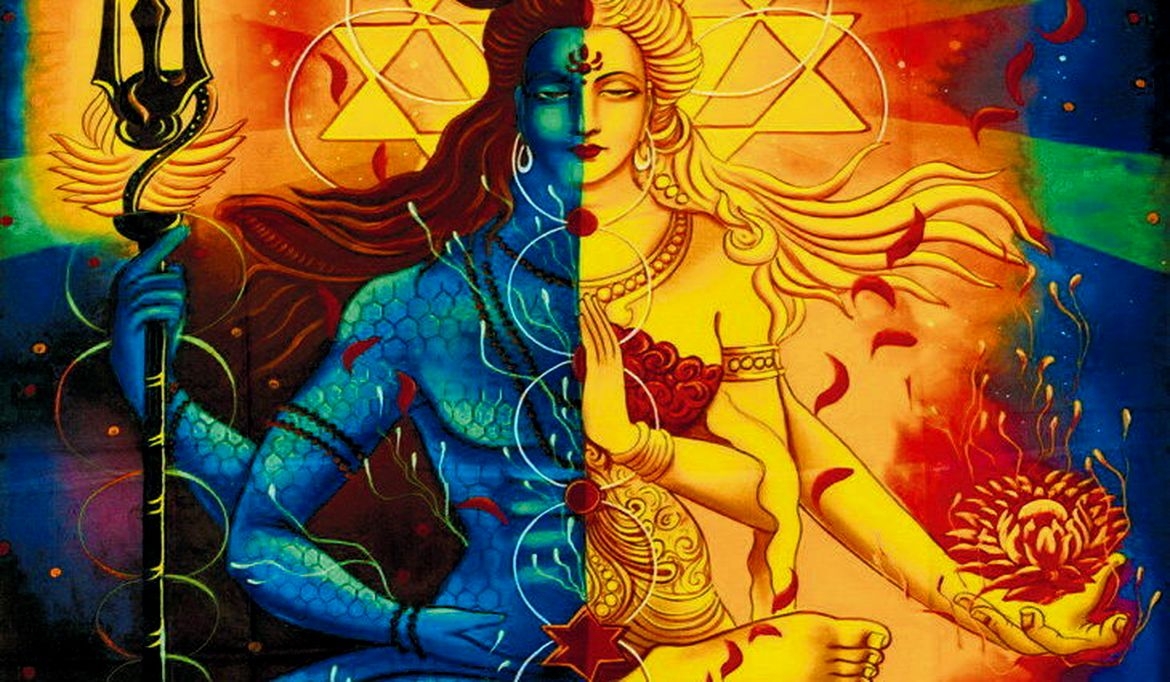Samata – In Gita Verse 14.17 From the mode of goodness, real knowledge develops; from the mode of passion, greed develops; and from the mode of ignorance develop foolishness, madness and illusion.
From the wisdom of the Bhagavad Gita, we learn that through the mode of goodness, known as sattva, true knowledge emerges.
In the vast expanses of our being, a silent symphony plays – this is the song of am-ness, a tune that aligns with the universal resonance when one’s individual essence dissolves into the collective expanse.
The evolutionary journey we embark upon inherently follows the rhythm of dialecticism: thesis meets antithesis, giving rise to synthesis, which in its transformation becomes the new thesis, thus perpetuating growth and existence. Within every element of duality – love and hate, positive and negative – lies a potential bridge that can lead us to transcendence.
Consider love and its counterpart, hate. In the common experience, they may appear as separate entities, yet they are different expressions of the same potent emotional energy. Love, in its simplicity, often masquerades in superficial guises, whereas hate digs deep, forming wounds that are unfeigned and resonate with painful authenticity.
As spiritual seekers, we must look beyond the poles to the continuum that bridges them, for therein lies a synthesis that spawns transformation. When one has recognised that love and hate are but the two extremities of a single force, a shift occurs – a synthesis that elevates us above these dualistic states.
This synthesis, however, is not an end but a new beginning. From the compassionate heart blooms indifference, Upeksha, and the spiritual process demands a bridge between these states as well. But the ultimate bridge is the transcendence of all duality.
The state of Samata, or equilibrium, as praised by Gautam Buddha, signifies that precise harmony where preference falls away and the heart-center radiates with omnipresent energy. And as this concentration of energy reaches a climax, we experience an internal cosmic explosion akin to an atomic burst.
Once enlightened, the nature of our growth transcends dualism and blooms into a non-dual evolution. Freed from tension, the silent song of blissful existence pervades, and the individual’s flow of life layers into a serene cascade without end.
Upon the dawn of enlightenment, our path transforms profoundly. The friction of our former journey mellows into an endless, peaceful growth. This isn’t the end of growth, but its beautiful evolution into a gentle rise of our spirit.
This enlightened stage heightens our individuality even as we merge into the cosmic symphony, shining without the shadow of ego. In its stead emerges ‘sublime am-ness,’ an expansive state of being that transcends the ‘I.’ Here, we are wholly present, intricately part of everything, yet distinct. Our truest essence resonates, perfectly in tune with all of existence.
In this enlightened existence, the conflicts of desire cease. What endures is our purest essence, harmoniously interwoven with the universe, contributing its unique tone to the boundless melody of existence.
Krishna imparts an enigmatic truth: to merge with existence yet to remain a distinctive spark of the divine flame is one of the greatest mysteries to unravel. Embracing our am-ness in the limitless existence, we become a note in the eternal symphony, separate yet harmoniously united with the cosmos – this is the state of profound awareness and true being.
Tags: Samata




